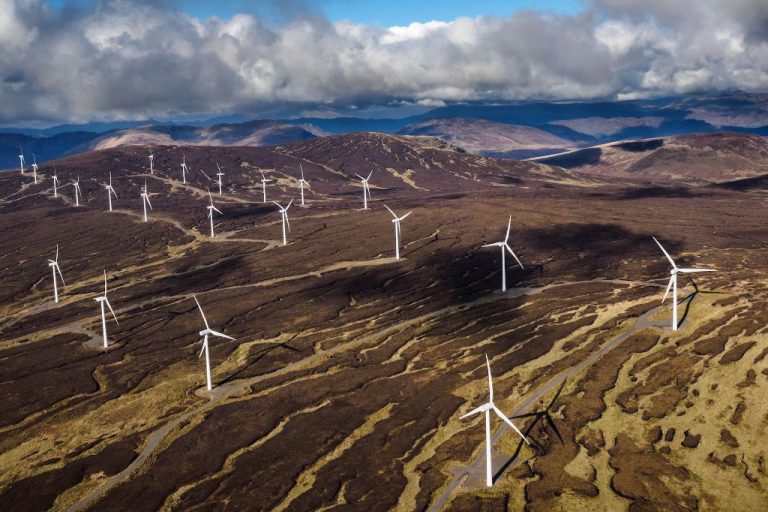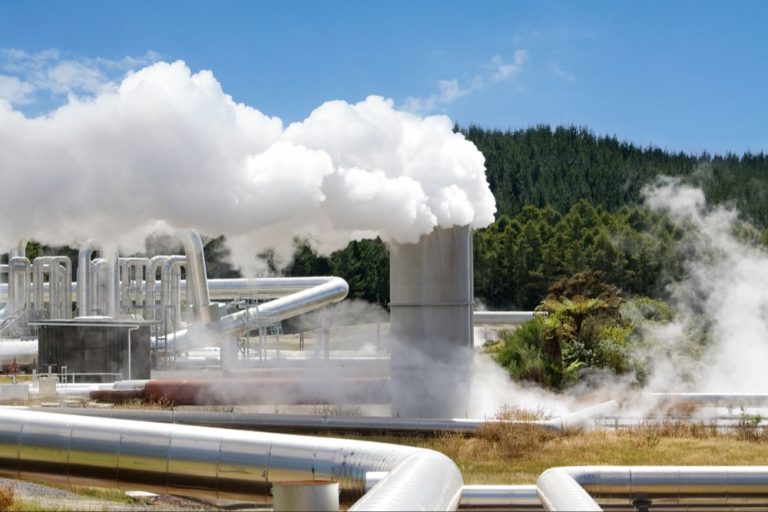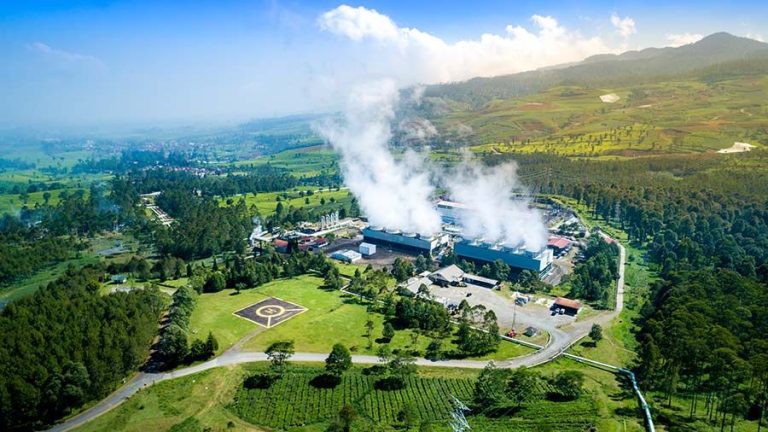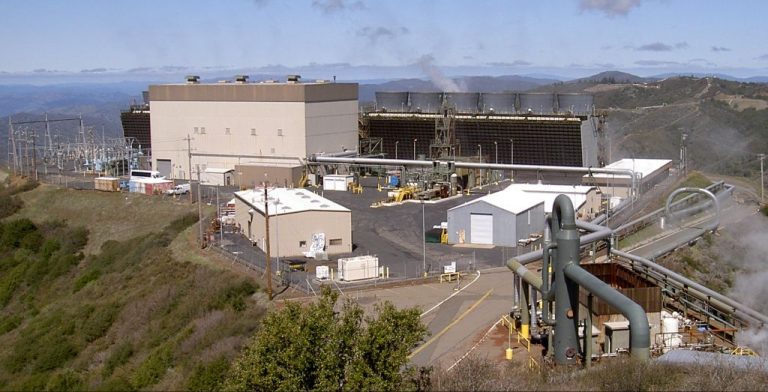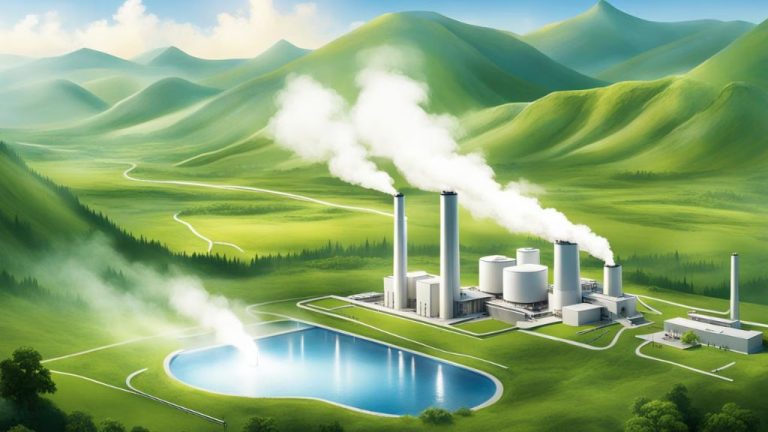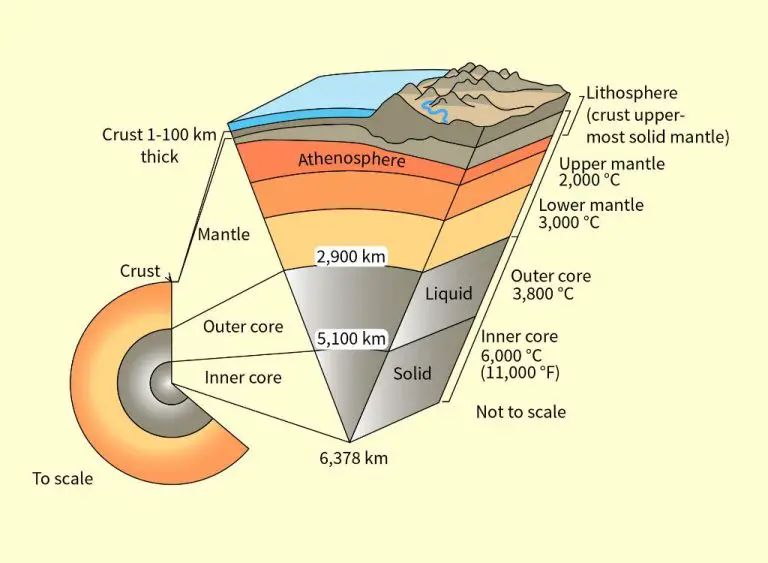What Part Of The Us Has The Most Geothermal Power Plants?
Geothermal energy is thermal energy generated and stored in the Earth. It is a renewable energy source that utilizes the natural heat within the earth’s crust to produce steam and hot water that can provide clean, sustainable electricity generation as well as direct heating and cooling. Geothermal power plants use geothermal reservoirs of hot water or steam located near the earth’s surface to spin turbines and generate electricity. The United States is the world leader in geothermal power generation, but geothermal accounts for only about 0.4% of total U.S. power generation. With vast geothermal resources still untapped, there is potential for growth in the use of geothermal energy for power production in certain parts of the country. This article will examine which U.S. state currently generates the most geothermal power.
Overview of Geothermal Power
Geothermal power plants use steam produced from reservoirs of hot water deep underground to generate electricity. The water is brought up through production wells to the power plant, where it is turned into steam. The steam then spins turbines connected to electricity generators to produce power, much like a traditional power plant using steam from burning fossil fuels.
According to the U.S. Department of Energy, “Geothermal power plants draw fluids from underground reservoirs to the surface to produce steam” (source). The geothermal fluid temperature can reach over 700°F and is used directly or indirectly to run the power plant.
There are three basic types of geothermal power plants: dry steam, flash steam, and binary cycle. Dry steam plants directly use geothermal steam from underground. Flash steam plants pull deep, high-pressure hot water into lower-pressure tanks and use the resulting flashed steam. Binary cycle plants pass geothermal water by a secondary fluid with a much lower boiling point, heating it up enough to vaporize into steam to drive turbines.
Some key benefits of geothermal energy include its continuous availability as a baseload renewable power source. Geothermal plants produce minimal emissions and have a small land footprint per kWh generated. However, high upfront costs for drilling and uncertainties about resource size can make geothermal power challenging to develop.
Geology of Geothermal Resources
Geothermal power plants need to be built over certain geological features like hot springs, geysers, and volcanically active areas because these features provide access to underground reservoirs of hot water and steam that can be used to generate electricity. The Earth’s crust is made up of tectonic plates that are slowly moving and interacting, causing areas where magma comes close to the surface. This underground heat warms nearby rocks and water, creating geothermal reservoirs.
As the Nature article explains, “In magmatic systems, tapping into supercritical geothermal resources for power production will require drilling closer to the heat source, where permeability and fluid content are more likely to be sufficient for energy extraction.” https://www.nature.com/articles/s43017-021-00154-y
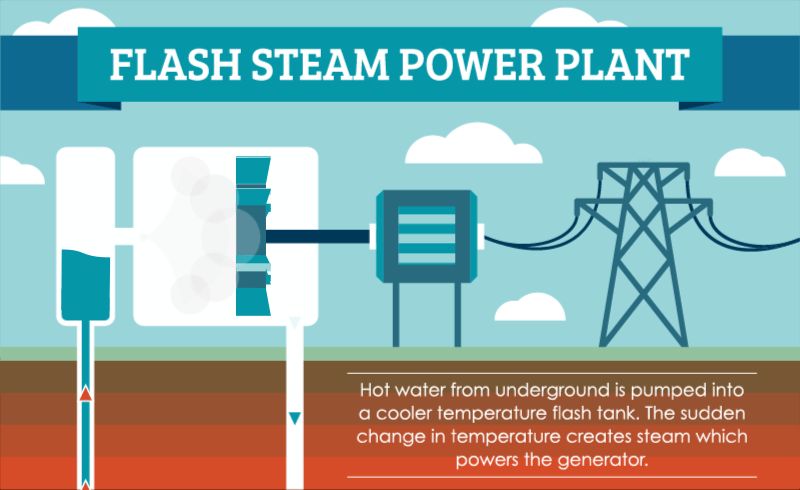
Hot springs and geysers form where heated groundwater naturally comes to the surface, revealing ideal sites for drilling into deep geothermal reservoirs. Volcanically active zones, especially ones with high heat flow, provide sufficient underground temperatures to produce steam for generating electricity. Understanding the geology and identifying locations where hot reservoirs are accessible near the surface is critical for geothermal power production.
Leading Geothermal States
When it comes to geothermal power generation in the United States, a few states stand out as leaders in harnessing this renewable resource. According to the U.S. Energy Information Administration, the top five geothermal-producing states in 2021 were:
- California – The state with by far the greatest geothermal capacity, generating over 12,000 GWh of electricity from geothermal sources in 2021. California is home to nearly 40 geothermal power plants, concentrated in the Imperial Valley and northern coastal mountains.
- Nevada – With 16 geothermal plants, Nevada generates the largest share of its electricity from geothermal at almost 10% of in-state generation. Major geothermal resources are located near Reno and east of Carson City.
- Utah – Home to 10 geothermal plants capable of producing over 2,000 GWh annually. The Roosevelt Hot Springs field near Milford is Utah’s primary geothermal resource.
- Hawaii – All 5 active geothermal plants in Hawaii are located on the Big Island, generating over 500 GWh of electricity by tapping volcanic heat sources.
- Idaho – Idaho’s 3 geothermal plants provide over 300 GWh of renewable power each year. Most plants are in the Boise area drawing from the Western Snake River Plain.
While these states generate the bulk of geothermal electricity in the U.S. currently, experts point to untapped potential in Alaska, Oregon, New Mexico and Wyoming. With further exploration and development, the geothermal industry could continue expanding in the coming decades.
California’s Geothermal Capacity
California has the largest geothermal power capacity in the United States. According to the California Energy Commission, the state has an installed geothermal capacity of 2,732 megawatts across 43 power plants as of 2020 (California Energy Commission). California has two major geothermal areas- the Geysers in the Northern Coast ranges which accounts for 60% of the national geothermal generation, and the Salton Sea in Southern California.
The Geysers in Sonoma and Lake Counties is considered the largest geothermal power facility in the world. It consists of 15 power plants with more than 330 geothermal wells that have the capacity to generate up to 725 megawatts of electricity. Calpine Corporation operates the complex which supplies power to over 1 million homes in Northern California (California Energy Commission).
In Southern California, 10 power plants generate up to 327 megawatts around the Salton Sea geothermal field. Controlled by EnergySource, the Hudson Ranch I power plant alone has a capacity of 49.9 megawatts, making it one of the largest geothermal power plants in North America (BLM). With vast untapped potential, California aims to procure even more geothermal energy in the future to meet its renewable energy goals.
Nevada’s Geothermal Industry
Nevada has the second largest geothermal electricity generation in the U.S., after California. As of 2018, Nevada had 26 geothermal power plants spread across 17 locations, with a total gross electrical output of 4,544,175 MWh and net sales output of over 4,000 MW [1].
Some of the major geothermal plants in Nevada include:
- Stillwater Geothermal Plant – 47.2 MW capacity located in Churchill County and owned by Enel North America [2]
- Ormat Nevada Geothermal Plants – Over 100 MW spread across multiple locations in Nevada [3]
- Desert Peak Geothermal Plant – Owned by Ormat with 25 MW capacity located in Churchill County [4]
The Bureau of Land Management has noted Nevada has 18 operating geothermal plants on federal lands, contributing over 600 MW of energy [5]. Given Nevada’s significant untapped potential, geothermal is expected to continue expanding in the state.
Geothermal Potential in Alaska
Although California and Nevada currently lead the nation in geothermal power capacity, Alaska has significant untapped potential for growth in this renewable energy source. Alaska is known to be geothermally active, with over 120 thermal springs identified across the state [1]. However, as of 2022, there is only one operating geothermal power plant in Alaska – the 24 MW Chena Hot Springs plant near Fairbanks [2].
Recent geological studies and surveys have revealed promising geothermal resources in multiple regions of Alaska, including the Wrangell Mountains, McGrath area, Unalakleet region, and Aleutian Arc [3]. With over half of Alaska’s land surface classified as having potential for undiscovered geothermal resources, both industry leaders and state officials believe Alaska could ramp up development significantly in the coming decade.
Key benefits making Alaska’s geothermal resources an attractive option include reducing reliance on expensive imported fuels for rural communities off the road system and supporting sustainable economic development. However, challenges such as the remote location of many geothermal sites and lack of transmission infrastructure remain obstacles for full-scale development at present [3].
Challenges for Geothermal Growth
While geothermal energy has many benefits, there are some significant challenges that have hindered wider adoption and growth of geothermal power generation. Some of the main hurdles include:
High upfront costs – Constructing a geothermal power plant requires substantial upfront capital investment, with costs ranging from $2-4 million per megawatt of generating capacity. Drilling exploratory wells and building the power plant infrastructure drives up front-end costs.1
Location constraints – Geothermal power is limited to areas with adequate subsurface hot water and/or steam resources, which are not universally available. Iceland, for example, has uniquely favorable geology for geothermal.2
Transmission challenges – Geothermal plants are often constructed in remote locations near the resource. Transporting the electricity long distances to load centers can result in substantial transmission losses.3
Depletion risk – Extensive withdrawal of geothermal fluids can deplete the underground resource over time. Careful reservoir management is needed for long-term sustainability.
With substantial upfront investments required, location limitations, transmission hurdles, and depletion risks, widespread adoption of geothermal power faces challenges. However, with supportive policies and advanced technologies, many of these obstacles can be overcome in the future.
Future Outlook
The future looks bright for geothermal energy in the United States. According to the MIT Energy Initiative, the US has the potential to increase its geothermal capacity by 26-fold, reaching 100 gigawatts by 2050. This would make geothermal power one of the largest contributors to the renewable energy mix.
Several factors point to strong growth potential for geothermal power. Advances in drilling technologies like fracking are unlocking new geothermal resources previously out of reach. The Department of Energy is investing in research and development to make geothermal power more cost-competitive. There is also rising interest from utilities and policymakers in geothermal’s ability to provide reliable around-the-clock power.
California and Nevada are expected to remain leaders in geothermal development. However, experts see opportunities in states like Oregon, Idaho, New Mexico, Utah, Hawaii, and Alaska. With the right investments and policies, geothermal could play a major role in decarbonizing the US electricity system while improving grid resilience.
Conclusion
In summary, the western United States, particularly California, Nevada, and Alaska, lead the country in geothermal power generation. California has the most installed geothermal capacity, with over 2,700 MW from power plants like The Geysers. Nevada follows closely behind, with major facilities like the Dixie Valley power plant. While Alaska has untapped potential for growth, with abundant geothermal resources.
Despite the benefits of geothermal as a renewable baseload energy source, challenges like high upfront costs and suitable geology have constrained wider deployment across the U.S. However, with supporting policies and technological advances, the future outlook remains positive for the geothermal industry to expand and provide clean, reliable energy.
The key takeaways are that California currently produces the most geothermal power in the U.S., but states like Nevada and Alaska have significant room for growth. While geothermal energy faces obstacles, it represents a valuable renewable energy source that can contribute to a low-carbon future.

